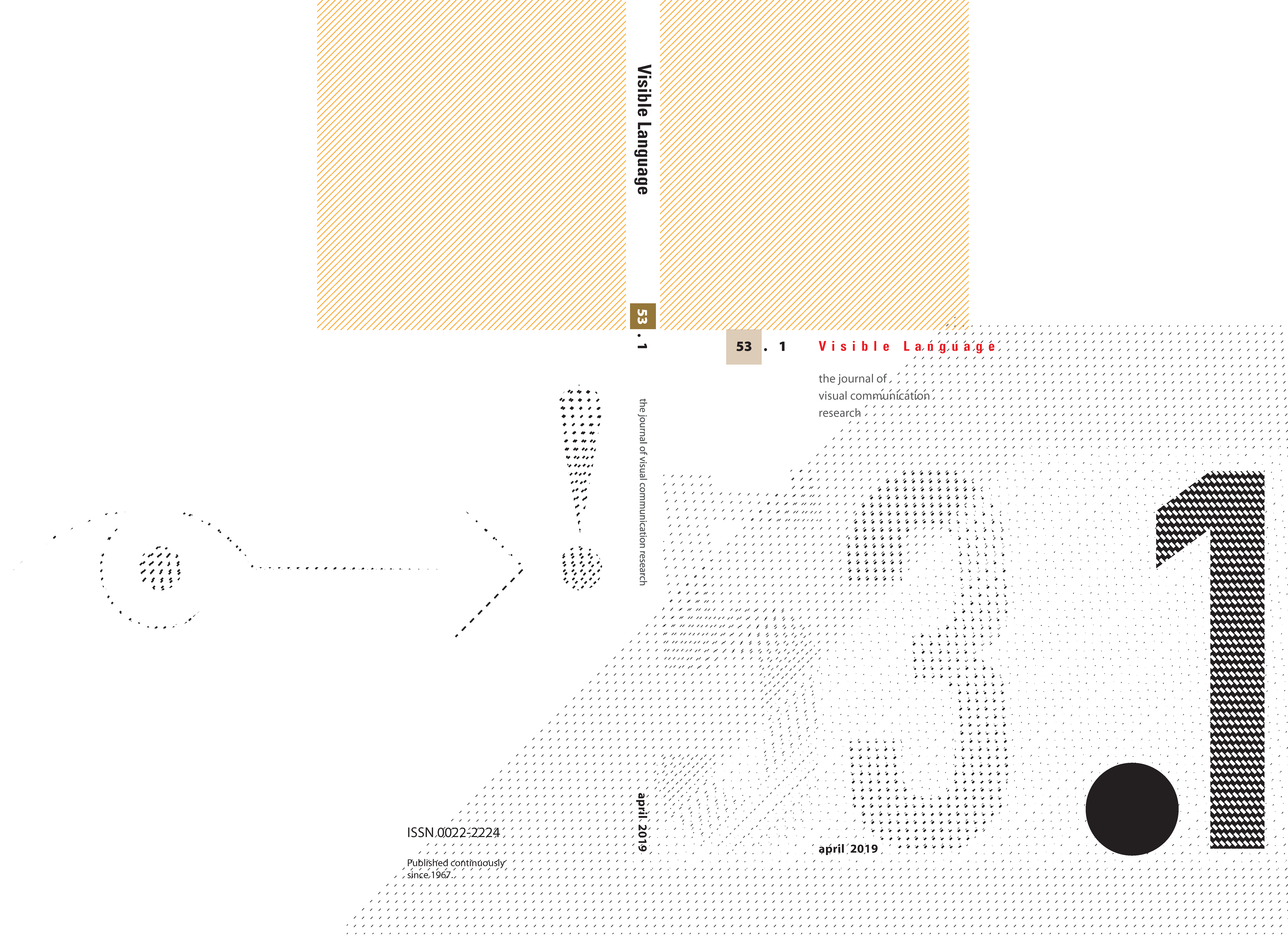The Implications of Media
A material reading of nineteenth-century Arabic broadsides
DOI:
https://doi.org/10.34314/vl.v53i1.4622Keywords:
Journalism, Arabic Language, Cultural Identity, Language Culture Realtionship, 19th Century, Politics, Mass Media, Brochures, Human Rights, Middle Eastern History, Social History, Material Culture, Middle East, Syria, Lebanon, Ottoman EmpireAbstract
This article takes up a material analysis of a set of eleven nineteenth-century Arabic broadsides entitled Nafir Suriyya, published in Beirut by Syrian intellectual Butrus al-Bustani from 1860-1861. Produced in response to the civil wars of 1860 in Mount Lebanon and Damascus (in the Ottoman Syrian provinces), when intercommunal conflicts occurred between different confessional groups, these publications called for unity and cooperation amongst these communities through the framework of patriotism and one's love of the homeland. These broadsides have thus played an important role in twentieth and twenty-first century scholarship on early nationalist sentiment, particularly a Syro-Lebanese political identity, amongst Arabic-speaking Ottoman denizens. This article takes up a material analysis of Nafir Suriyya, a rare set of eleven printed Arabic broadsides produced between 1860-1861 in Ottoman Beirut, to consider the wider cultural and socio-political implications of this medium in relationship to other print media in circulation within the Ottoman public domain.

